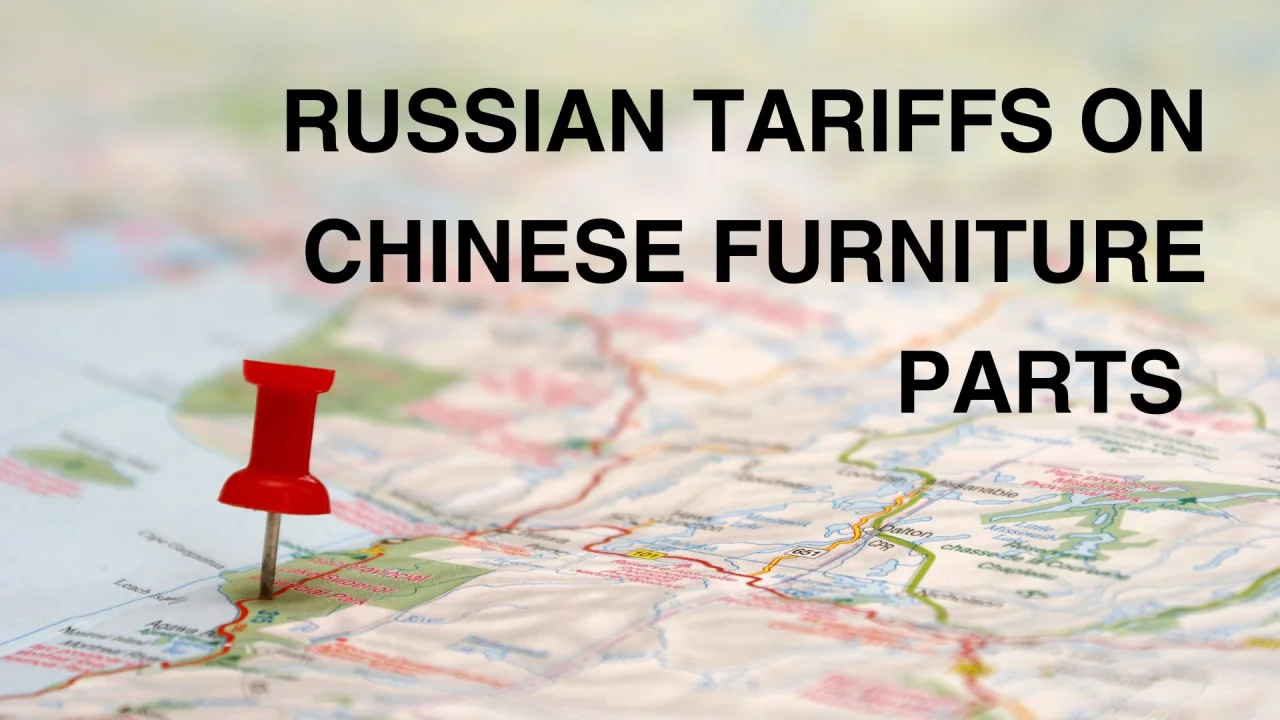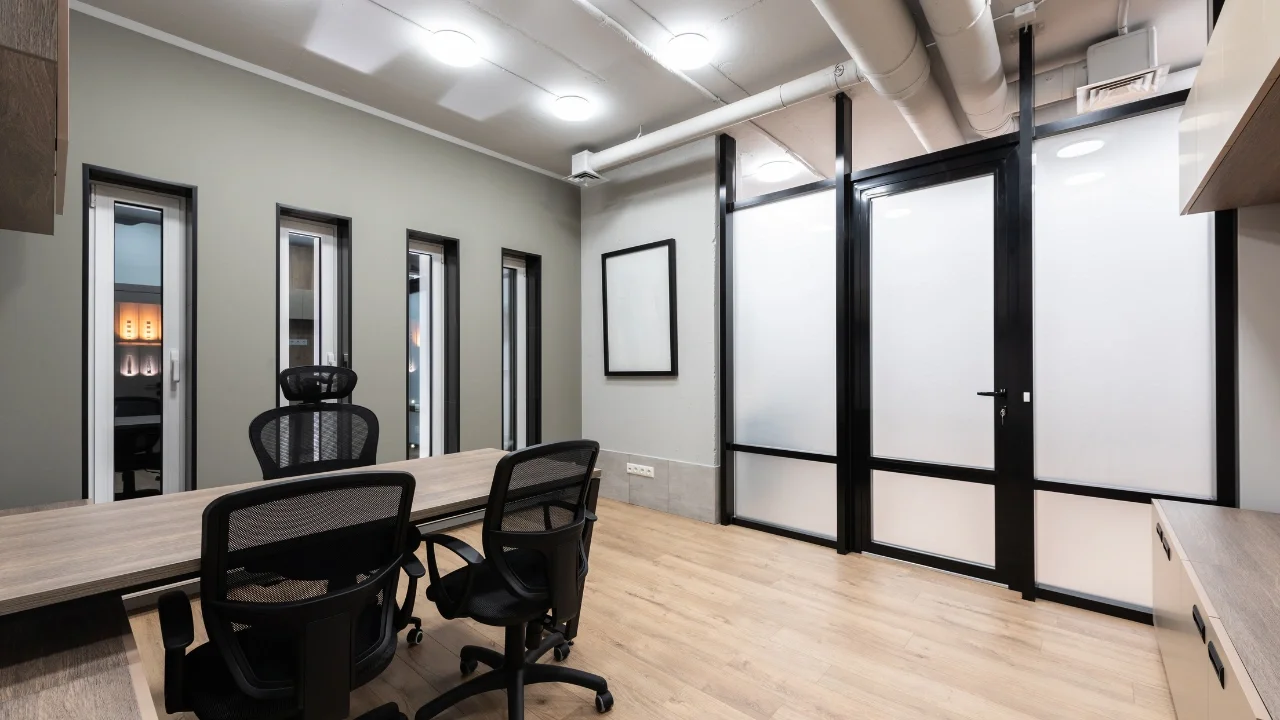Moscow, April 24, 2025 – Russia’s decision to impose hefty tariffs on Chinese furniture parts has sent ripples through the furniture industry, raising concerns about economic impacts and the stability of Sino-Russian trade relations. The tariffs, which target critical components such as sliding rail parts, have sparked debates about Russia’s trade policies and their implications for its “no limits” partnership with China.
Tariff Details and Implementation
Since autumn 2024, Russia has reclassified certain furniture sliding rail components imported from China as bearing types, resulting in a dramatic tariff increase from 0% to 55.65% or 56%, depending on the source (Furniture Today). These components, essential for kitchen and office furniture, are primarily processed through Vladivostok, which handles approximately 90% of China’s furniture parts imports into Russia (Asia Times). The policy is retroactive, applying to imports dating back to 2021, further compounding costs for importers (zjnottinghill.com).
The Russian furniture industry, heavily reliant on these imports valued at $1.3 billion annually, faces significant challenges. Alexander Shestakov, president of the Association of Furniture and Woodworking Enterprises of Russia (AMDPR), underscored this dependency, stating, “The annual volume of imports of furniture fittings is estimated at $1.3 billion, and it is very right that at the moment the duty on imported fittings is only 0 percent—this provides a lot of support to the industry” (Express.co.uk). The new tariffs disrupt this support, threatening the industry’s economic stability.
Economic Impact on the Russian Furniture Industry
The tariff hike has profound implications for Russian furniture manufacturers and importers. The AMDPR has warned that the increased duties could lead to the bankruptcy of many importers and a minimum 15% rise in domestic furniture prices (Furniture Today). Sliding rail components, which can account for up to 30% of manufacturing costs for certain furniture items, have become significantly more expensive, adding $19,969 to $24,962 per container (Wood Central).
As a result, it has become more cost-effective for Russian companies to import finished furniture from China, which faces tariffs of only 9-12%, rather than producing domestically with Chinese components (Press Xpress). This shift has led some Russian traders to cancel orders and return full containers of furniture parts to China, exacerbating trade disruptions (Wood Central).
Vadim Vildanov, general director of Russian cabinet fittings producer Boyard, criticized the tariffs, arguing that they contradict the best interests of the Russian economy (Express.co.uk). The disparity in tariff rates—European fittings face duties no higher than 10%—has further fueled industry frustration, with insiders questioning why China, a key ally, faces harsher treatment (Newsweek).
Broader Trade and Policy Context
By February 2025, reports confirmed that the tariffs on furniture components were part of a broader Russian strategy, with duties exceeding 55% applied to various Chinese goods (chinalegalexperts.com). The Russian government aims to protect domestic industries and address fiscal pressures by increasing tax revenue (ECHEMI.com). However, this approach has introduced significant operational stress for Chinese exporters and Russian importers, prompting suggestions that Chinese firms explore alternative markets such as Vietnam, India, the Philippines, and Indonesia.
The tariffs have also sparked concerns about their impact on Sino-Russian trade relations. The reclassification of furniture parts, initiated by tariff-hungry officials in Vladivostok, has led to cancellations and reduced trade volumes, potentially disrupting established supply chains (Wood Central). While the tariffs may benefit Russian domestic producers by making Chinese imports less competitive, they risk long-term trade disruptions and higher costs for consumers (chinalegalexperts.com).
Reactions and Geopolitical Implications
The tariffs have elicited strong reactions from both Russian and Chinese stakeholders. In Russia, the AMDPR has highlighted the “serious consequences” for consumers and the furniture industry, warning of widespread economic fallout (Furniture Today). Chinese pundits have expressed feelings of betrayal, viewing the tariffs as a strain on the “no limits” partnership between Moscow and Beijing (Asia Times). However, as of April 2025, no official statements from China’s Foreign Ministry or state media have been reported, leaving the Chinese government’s stance unclear.
The timing of the tariffs, coinciding with global trade shifts and the anticipated inauguration of U.S. President-elect Donald Trump in January 2025, has raised questions about Russia’s strategic motivations (Asia Times). Some analysts suggest that Russia is balancing its economic interests amid international pressures, but the lack of transparency in the decision-making process has fueled speculation about the health of bilateral ties.
Current Status and Outlook
As of April 2025, no further updates on the tariffs have been reported, indicating that the 55.65% to 56% duties on Chinese furniture parts remain in effect. The ongoing impact continues to challenge the Russian furniture industry, with potential long-term effects on trade volumes and consumer prices. Businesses are now faced with difficult choices, such as absorbing higher costs, passing them on to consumers, or seeking alternative suppliers (chinalegalexperts.com).
The following table summarizes the key details of the tariffs and their impacts:
| Aspect | Details |
|---|---|
| Tariff Rate | 55.65% to 56% on sliding rail components |
| Affected Products | Furniture sliding rail components, reclassified as bearing types |
| Implementation Date | Autumn 2024, retroactive to 2021 imports |
| Annual Import Value | $1.3 billion for furniture fittings |
| Price Impact | Domestic furniture prices expected to rise by at least 15% |
| Economic Impact | Increased container costs by $19,969 to $24,962, order cancellations |
| Industry Concerns | Potential bankruptcies, higher consumer prices, strained trade relations |
| Comparison with Europe | European fittings face duties up to 10% |
| Trade Shift | More cost-effective to import finished furniture (9-12% tariff) |
The tariffs represent a significant shift in Russia’s trade policy, with far-reaching consequences for both domestic industries and international partnerships. As the situation evolves, stakeholders in the furniture industry and beyond will be closely monitoring developments in Sino-Russian trade dynamics.








